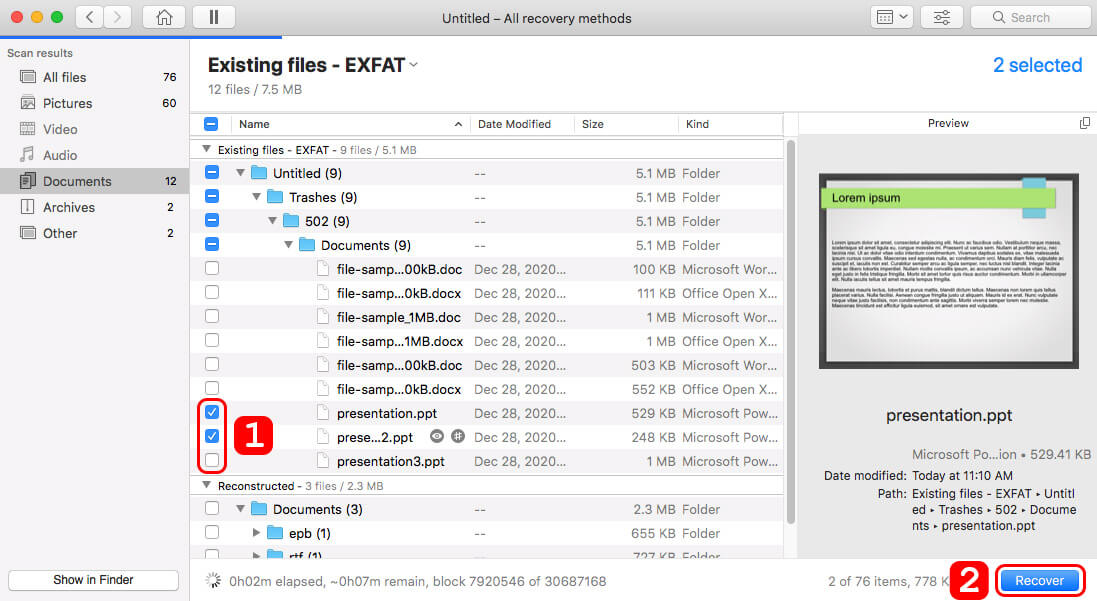

- WHERE IS OFFICE FOR MAC 2016 /LIBRARY/APPLICATION SUPPORT/MICROSOFT/OFFICE/OFFICE 2011 AUTORECOVERY HOW TO
- WHERE IS OFFICE FOR MAC 2016 /LIBRARY/APPLICATION SUPPORT/MICROSOFT/OFFICE/OFFICE 2011 AUTORECOVERY DOWNLOAD
- WHERE IS OFFICE FOR MAC 2016 /LIBRARY/APPLICATION SUPPORT/MICROSOFT/OFFICE/OFFICE 2011 AUTORECOVERY WINDOWS
Normally, the path would look like this: Users > Library > Application Support > Microsoft > Office > Office 2011 AutoRecovery If you don’t see Macintosh HD (or another name for your hard drive), go to Finder > Preferences and choose Hard disk in the section Show these items in sidebar. In addition, there is another way to get Excel files on Mac as follows: To recover unsaved, overwritten Excel files on macOS, you can also do it in the same way as on Windows, ie get the file back through OneDrive.
WHERE IS OFFICE FOR MAC 2016 /LIBRARY/APPLICATION SUPPORT/MICROSOFT/OFFICE/OFFICE 2011 AUTORECOVERY WINDOWS
WHERE IS OFFICE FOR MAC 2016 /LIBRARY/APPLICATION SUPPORT/MICROSOFT/OFFICE/OFFICE 2011 AUTORECOVERY DOWNLOAD
Find the right version you need and choose Restore/Restore to overwrite the current version of the document or Download/Download to download a copy of that version.ĭo you know that Microsoft has “secretly” equipped with a great feature for the Office suite of office products, helping users RECOVERY UNSAVED TEXTS. You should now see a list of versions that OneDrive has stored. It’s easiest to complete this process through the OneDrive browser interface.įind the document file you need to recover, right click on it, select Version history. You can save them to a folder, such as Documents. OneDrive keeps a history of a version that you can browse and restore from whenever you want. Of course, this method only works when you backup or sync document files on your computer with OneDrive. Method 2: Recover Excel files from OneDrive Just open the correct file you need, then save it. Step 3: You will see the files that are automatically saved in this section: Step 2: Scroll to the bottom of the screen > click Recover Unsaved Workbooks To recover unexpectedly closed Excel files before saving, follow these steps: Method 1: Use the Excel 2016 application itself on your computer Get back the Excel 2010, 2016 file that has not been saved on Windows 1.1 Retrieve the Excel 2016 file that has not yet been saved

WHERE IS OFFICE FOR MAC 2016 /LIBRARY/APPLICATION SUPPORT/MICROSOFT/OFFICE/OFFICE 2011 AUTORECOVERY HOW TO
Locate the file on the Desktop and open it.7 How to customize the AutoRecover feature Recover unsaved documents 1. In the dropdown menu, select Recover text from any file If you do find one or more file that contain part of the text that are looking for, but also a lot of garbage, try to clean it up as follows (you will still get a lot of garbage and no format at all): If a likely candidate is found, Option Drag it to the Desktop (this will copy the file, making sure you don't move any required files out of where they might be needed), then try to open it by dropping it on Word's icon. Read through the list to identify your file. In the search results window, click on the title Date Modified to sort files by date In the main menu bar, select View > Show view options and enable Date Modified Make sure the third dropdown menu says Days Go to Finder and open the HD icon in your desktopĬlick on the first dropdown menu and select Last modified dateĬlick on the second dropdown menu and select within lastĬlick on the blank field and type 1 (the search operation will start at this point) (Though some users seem to have had some success with the second method) However, the chances of finding anything useful are remote, as the document would never have made it from RAM to your hard disk. Drag the files or folders to the Desktop (or anywhere else) before dropping them on Word's icon. In Finder, select Go > Go to folder, type /private/var/folders and look for files named " Word Work File" inside a "Temporary items" folder. Look in your trash for a "Recovered items" folder. However, if you close a file and click Don't Save, the file is deleted from the AutoRecovery folder. If the application crashed, then it would still be possible to recover it at /Users/ username/Library/Application Support/ Microsoft/Office/Office 2011 AutoRecovery.


 0 kommentar(er)
0 kommentar(er)
